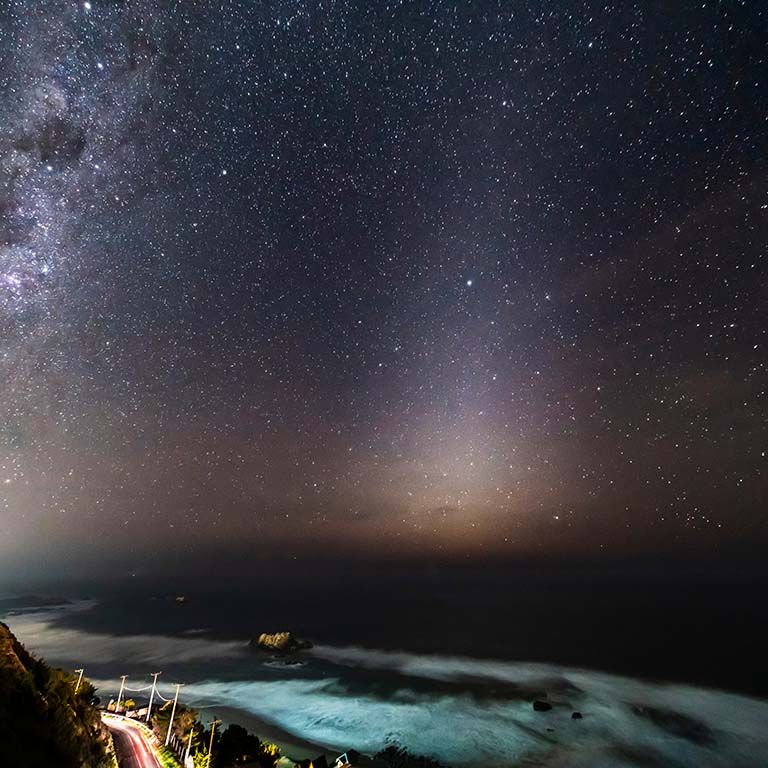For immediate release: February 1, 2022
BLOOMINGTON, Ind. -- Venus will reach its greatest brilliancy during February, rising more than two hours before the sun and outshining everything else.
Mars will join Venus in the morning sky, much fainter and glowing a dull orange. The Red Planet will start the month 9 degrees southwest of Venus, and by Feb. 12 it will be 6 degrees south of the brilliant white planet. The two planets will remain roughly this distance apart as they cross the constellation Sagittarius.
Mercury will be visible an hour before sunrise on Feb. 1 when it will be 19 degrees east of Mars. It will be low in the predawn sky near the eastern horizon for the rest of the month.
Jupiter will appear briefly an hour after sunset on Feb. 1 when it will be 10 degrees high in the west. The huge planet will be bright enough to be easily visible through the first week of the month, but it will be harder to spot in the second week before it disappears into the solar glare.
Saturn will pass through conjunction with the sun on Feb. 4. By the end of the month it will reappear in the eastern sky near Mercury.
Zodiacal light
If you live in an area that is dark enough for you to see the Milky Way sprawling across the night sky, you also have a chance of seeing the interplanetary dust in the plane of our solar system. Moonless evenings in late winter and early spring are the best time to see this dust. As darkness falls, look for a faint pyramid of light spreading upward from the western horizon over a large area of the sky. This is the zodiacal light, which is sunlight reflected from trillions of dust particles left behind in space by comets and asteroids that orbit the sun in the same plane as the planets.
Moon phases
The moon will be new on Feb. 1, at first quarter on Feb. 8, full on Feb 16, and at last quarter on Feb. 23.
Author: Hal Kibbey Email: hkibbey [at] gmail.com


 The College of Arts
The College of Arts